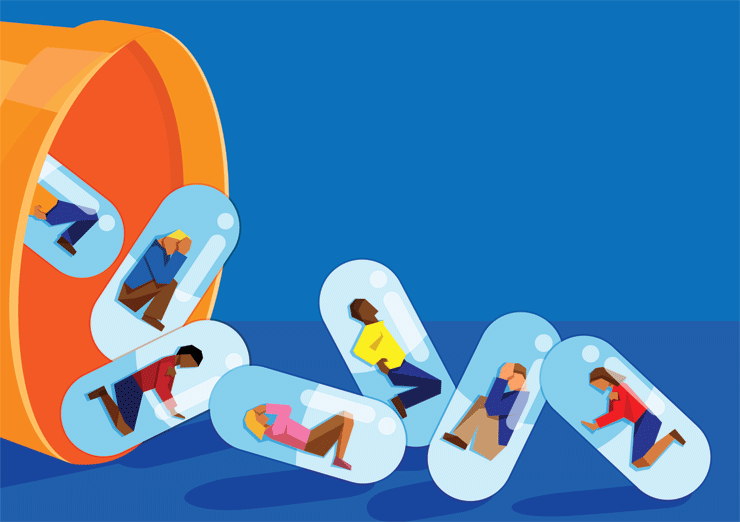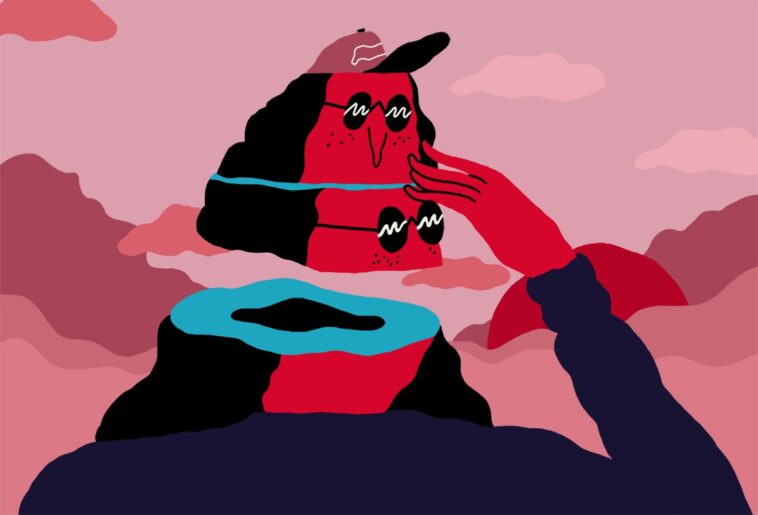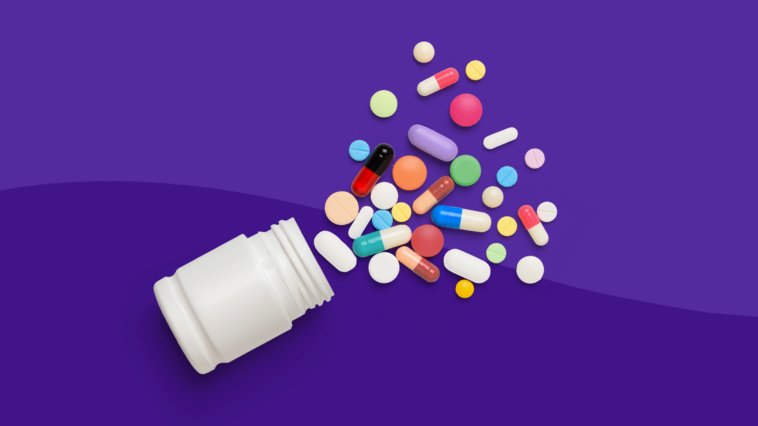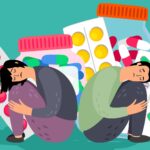Drugs have several different types and each one of them is as harmful as the next one, if not more. People, in turn, also get addicted to different types and it is important to know which drug was used by a person so that the type and method of his addiction treatment can be determined.
Opioids, cocaine, marijuana, benzodiazepine, etc. are all some of the many different types of drugs that have a hand in ruining the health and lives of people. Moreover, illicit drugs are not the only ones that people need to be wary of because even prescription drugs will have severely harmful effects if taken for a time longer than required or recommended by the doctor.
What are opioid drugs?

Opiates or opioid drugs are either synthetically manufactured or procured from the opium poppy plants. These drugs may be used as painkillers, to induce sleep or people may use it for recreational purposes as it creates euphoric feelings in the brain. Even though it has not been scientifically or clinically proven whether these drugs can alleviate pain effectively in the long run or not.
Moreover, when they are used continuously, the pain threshold of the user decreases significantly, and he becomes more sensitive to pain. Furthermore, opioid drugs are frequently misused and abused due to the euphoric feelings that they generate in the brain, which is why it is common that people to eventually become addicted to them.
As the body becomes dependent on these drugs, it starts craving them again and again, otherwise, the person starts to experience withdrawal symptoms if the drug is not taken continuously, which causes him to use again immediately. Another negative aspect of opioid drugs is that it only takes a relatively short amount of time to become addicted to them as compared to other drugs. Check this out. It is available both as a prescription drug as well as an illicit drug sold secretly on the streets. Some of the most common opioid drugs are fentanyl, heroin, codeine, methadone, hydrocodone, oxycodone, morphine, and hydromorphone, etc.
The street names for these drugs are oxy, perc’s, black tar heroin, Captain Cody, little C, purple drank, footballs, Roxy, greenies, God’s drug, tremie’s, chill pills, rims, ercs, morpho, smack, dro, act, Chine, demmies, m30s, and big whites, etc.
What is substance abuse disorder?

Substance abuse disorder means that a person has become addicted to a harmful drug and seeks to use it compulsively despite knowing that it poses seriously negative health concerns and causes changes in the physical and mental condition of the user. This is a chronic illness that kills hundreds of people every single day.
Even though drugs like opioids take a short time to become addicted, they may still prove to be highly fatal, and it is quite difficult to get rid of them altogether especially if the user tries to detox by himself. Opioid drugs cause the heart rate to increase, may induce coma, high blood pressure, disorientation, slowed breathing, and gastrointestinal problems, etc.
The withdrawal symptoms of opioid drugs are rapid heartbeat, anxiety, nausea, diarrhea, vomiting, teary eyes, inability to sleep, goosebumps on the skin, restlessness, aching muscles, excessive sweating, goosebumps on the skin, abdominal cramping, blurry vision, and high blood pressure, etc.
What are barbiturates?

Barbiturates are a kind of drug that is called sedative-hypnotics. They depress the center nervous system of the user. They are prescription drugs are their use is in treating anxiety and sleep disorders. Furthermore, they may be used for the treatment of seizures by produce sedation pre-operatively as well as catatonia or psychosis.
Some common types of barbiturates that are used frequently are phenobarbital (Luminal), butalbital (Fioricet and Fionrina), secobarbital (Seconal), Phenobarbital sodium (Nembutal), amobarbital, (Amytal), etc. The main aspect that differentiates these types is the duration during which their effects last on the body and mind, some last for a little while or as short as minutes while the effect of some others may last for as long as two days.
Barbiturates also have their own street names which are barbs, nembies, phennies, goofballs, blue devils, Mexican yellows, F-40s, F-66s, pinks, double trouble, downers, purple hearts, rainbows, reds, blue heavens, yellow jackets, and pink ladies, etc.
As barbiturates are sedatives, they slow down the user’s nervous system as a result of which the patient becomes more relaxed, drowsy, muscle pains and spasm relief, and they prevent seizures. As they induce addition very quickly and pose harmful side effects, physicians rarely prescribe them to their patients these days.
The aforementioned side-effects include dizziness, slurred speech, nausea, extreme drowsiness, impaired memory, irritability, slowed reflexes and lack of inhibition, etc. When the situation becomes extremely dangerous, the person may stop breathing or go into a coma.
Treatment of barbiturates addiction

It is significantly difficult to eliminate barbiturate drugs from one’s system. The withdrawal symptoms of these drugs can’t be handled by a single person which is why detox should not be done alone or at home. The best possible solution is that the addict should be admitted to a rehab facility and then detox will be carried out by trained staff and medically supervised at all times.
Even if hearing about withdrawal symptoms scares the patient, he should be given support by his loved ones and it will be much better and easier for him to proceed with his treatment if he has already been made aware of each and every step that he will go through during the treatment. Moreover, the professionals at rehab centers are trained in such a way that they are able to handle any emergency situation that may arise.
This is the reason that rehab centers hire trained addiction specialists to make sure that their patients are well cared for and live in a comfortable environment because comfort is a very important factor in the recovery process of the patient. However bad a situation gets, the patient should not lose hope and put in all his efforts to become healthy again.





